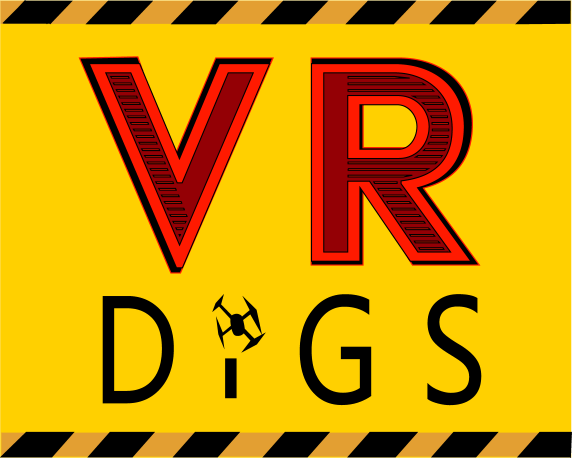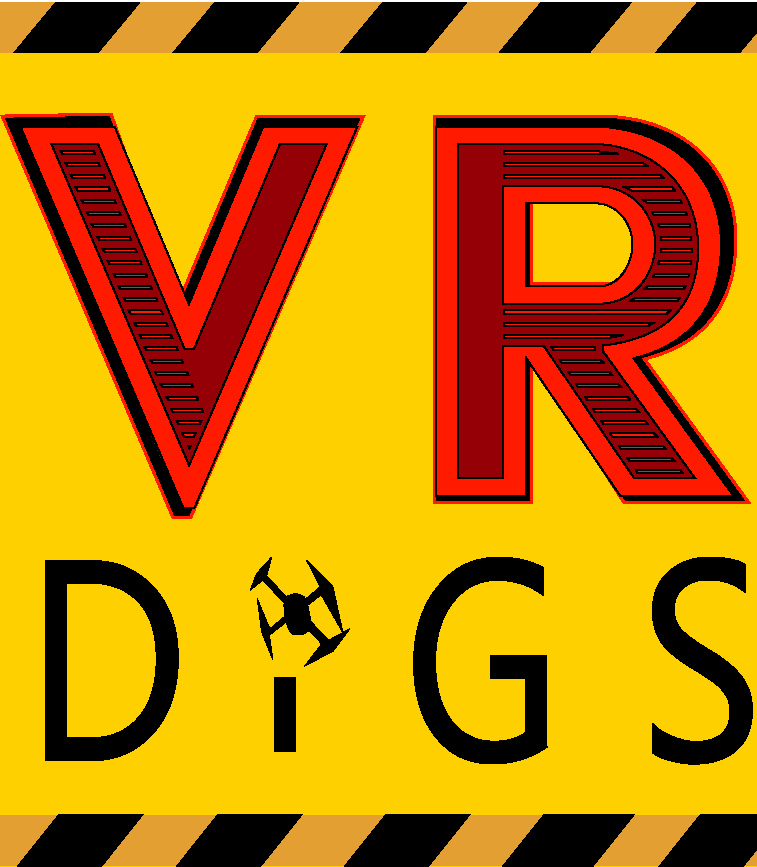Landscaper SEO Checklist
VRDigs is the industry leader when it comes to local SEO services designed specially formulated for Landscaping Contractor Websites.
Our content-centric approach allows us to dominate on Google and other search engine results by outranking local competitors for targeted keywords that paying customers are searching for.
Continue reading, or skip ahead for more information about:
- How to Get Your Landscaping Website to the Top of Google Search
- Optimize page titles by including your service and city
- Write an optimized Meta Description
- Optimize your first paragraph in the content area
- Add a sitemap to each web page
- Be specific when creating content about projects
- Avoid keyword stuffing and instead focus on creating helpful content
How to Get Your Landscaping Website to the Top of Google Search

When you’re the owner of a landscaping business, one of your primary goals is to have as many people visit your website as possible, and hopefully end up contacting you to schedule an appointment for your services.
If you’ve recently created your website but haven’t yet made any noticeable headway on the search engine results page (SERP), it’s time to start utilizing a quality Landscaper SEO Checklist that can help get your site moving toward the top spot on Google search results.
The checklist above is a great place to start, but may be a bit too advanced for the average DIY website builder. Here are some key take aways that you should focus on if you are just a landscaper that is considering SEO upgrades for your site.
Write an optimized Meta Description

The meta description is the text snippet that will show up directly underneath the webpage title in organic search results. This will be your first chance to briefly describe what that webpage is about and give users a chance to decide if they should click to learn more.
Most non-SEOs and DIY website builders tend to forget about adding this key chunk of information, seeing it as an unnecessary extra, or just unimportant altogether because it doesn’t show up on the page. This couldn’t be further from the truth in SEO terms. If Google’s users can’t tell what the page is about what would they click on it? Further more, why would Google recommend that they do click? This will kill your rankings if left out or done poorly.
Optimize your first paragraph in the content area
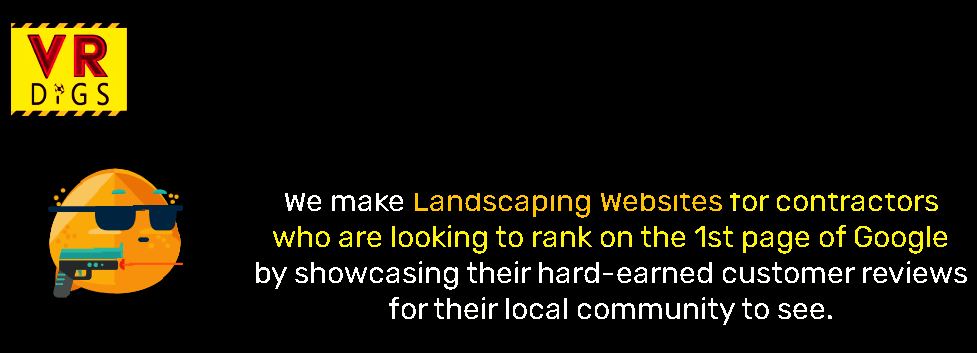
The first paragraph and really the first sentence of your webpage after the heading should summerize what the rest of the page is about. Wehn using keywords, be sure to emphasize them using SCHEMA markup when possible, and incorporate internal links to other relevant pages using the keywords as your link anchor text.
Add a sitemap to each web page
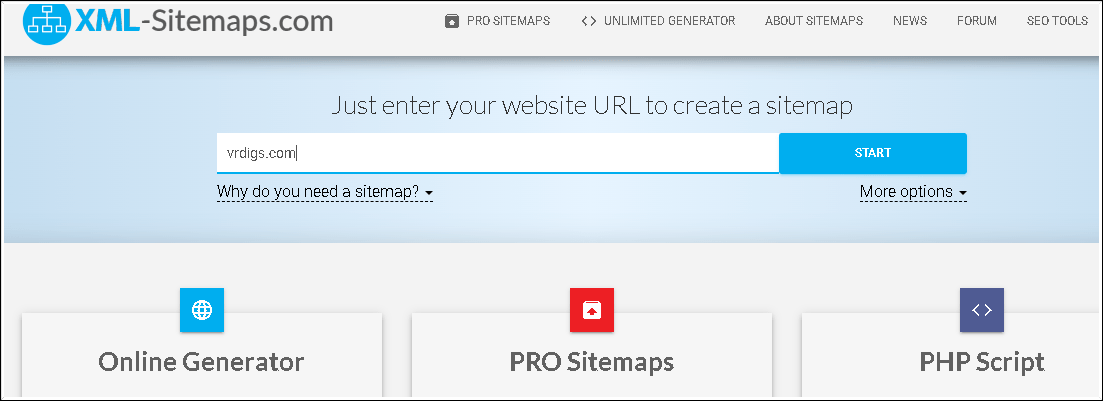
Most DIY website builders should have this feature built-in. There are free tools like sitemap generators that can use to create your sitmap file, but I would recommend researching this with your web provider first to determine if it’s not already done. Once the sitemap.xml file is created, it has to be uploaded to Google Search Console. This is not overly difficult, but again you want to be sure that your website page structure is correct first and as always - consult an expert if things get too overwhelming.
A sitemap is really what it sounds like, it’s a architectural layout of how the information on your website is structured. This is why it is important to build your pages (and your website) in a thoughtful way that starts with big key topics at the top as parent pages (think /Mowers), and the the sub-pages underneath should be related sub-categories (think /walking-mowers, /zero-turn-mowers, etc).
Be specific when creating content about projects
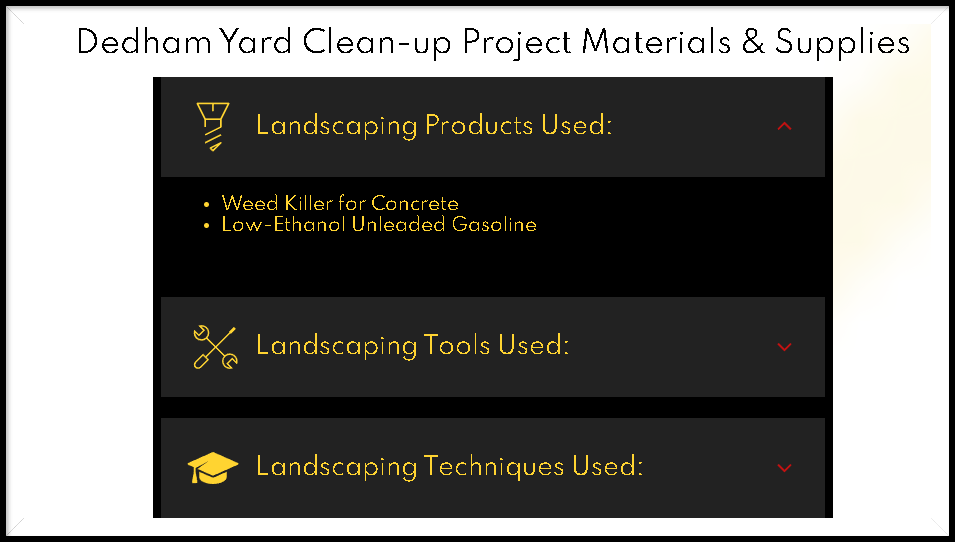
Your landscaping projects should be your landscaping content generation machine. If you are serious about wanting to grow your business - you must make it a point to document the physical work you do by taking pictures, recording videos, and taking notes (voice notes will work if you transcribe them).
Once you start generating a good amount of digital content assets that showcase your original work, start incorporating all of these visual assets into your website pages. An original image that shows you take pride in your work is much better than a perfect stock image that 10,000 other landscaping websites use.
Avoid keyword stuffing and instead focus on creating helpful content
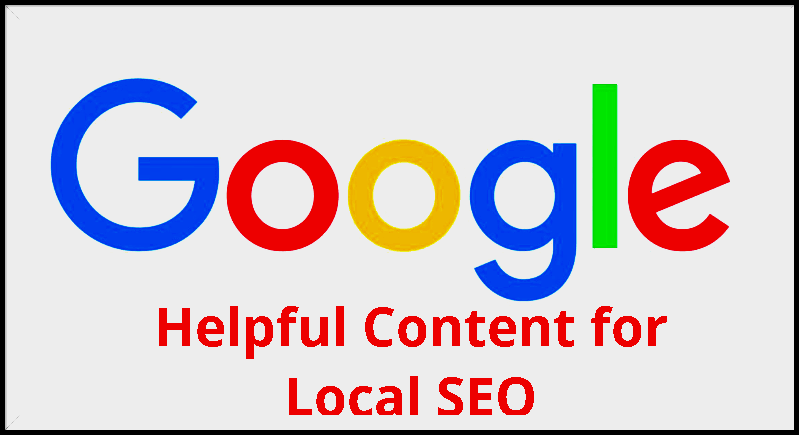
The most important thing for a landscaper website is to create content that is useful and informative. It's best not to keyword stuff because it can lead to penalties from search engines, which will make it harder for people to find your site. Instead, focus on creating helpful content that your readers can actually use.
By identify what your keywords and key topics are using the primary methods above, you are then free to “travel off the path” so to speak and incorporate text content that will be unique and engaging. Tap into your experiences working as a landscaper and tell stories! Your readers will love it and are more likely to become paying customers if they respect and admire your knowledge.
New Paragraph
